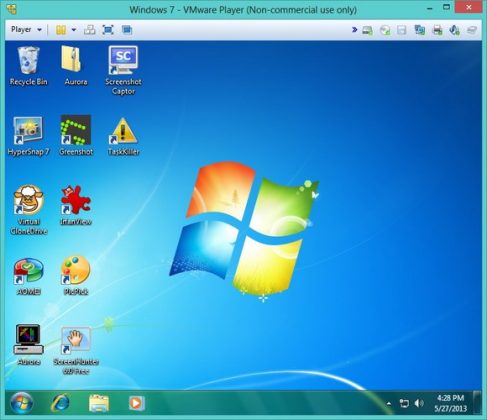

Hyper-V is designed to offer the same premium functionality and performance as VirtualBox and VMWare hypervisors which are the leading virtualization tools. In fact, Microsoft Hyper-V is a native hypervisor that allows you to run on a virtual hardware a completely separate operating system (aka "Guest" OS), in order to test things, programs and debugging. Today, Hyper-V is also included in Windows 10 & 11 operating systems, allowing even ordinary users to run multiple operating systems in virtual machines (aka "VMs" or "Guest Machines"), without affecting the OS of the main machine (aka "Host" machine).

Microsoft has integrated Hyper-V technology into Windows Server 2008 and later versions of Windows Server.
/HowtoCreateaVirtualMachineinWindows10-d678954817164c9e9b260531a5233ab9.jpg)
If you want to setup a Hyper-V Virtual Machine on Windows 11/10 for testing or other purposes, continue reading below to learn how to enable Hyper-V feature on Windows 10/11 and how to create and configure a new Virtual Machine in Hyper-V Manager.


 0 kommentar(er)
0 kommentar(er)
